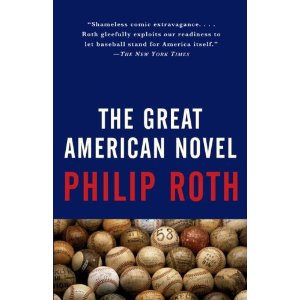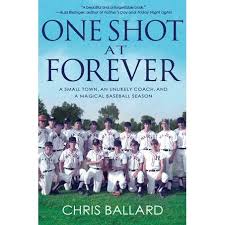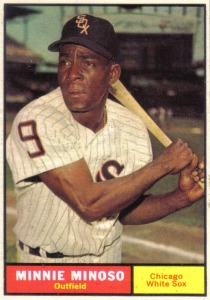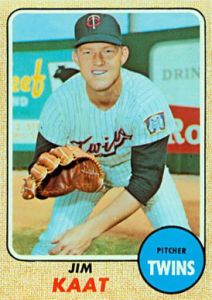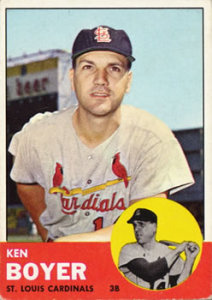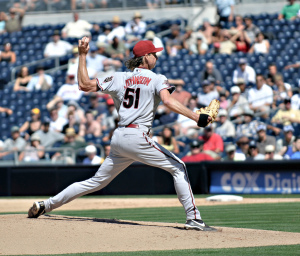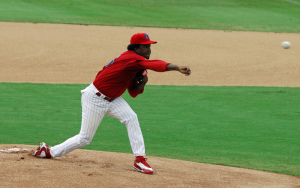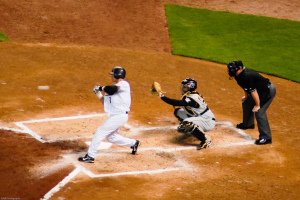Looking for a gift for the baseball fan on your holiday gift list – or some entertaining reading for yourself. Here are links to several past Baseball Roundtable book reviews (Or baseball volumes old and new, non-fiction and fiction) that may help.
Just click on the book’s image to find the review.
 The Last Best League – One Summer, One Season One Dream (Tenth Anniversary Edition),
The Last Best League – One Summer, One Season One Dream (Tenth Anniversary Edition),
by Jim Collins
 The Summer of Beer and Whiskey – How Brewers, Barkeeps, Rowdies, Immigrants and a Wild Pennant Fight Made Baseball America’s Game,
The Summer of Beer and Whiskey – How Brewers, Barkeeps, Rowdies, Immigrants and a Wild Pennant Fight Made Baseball America’s Game,
by Edward Achorn
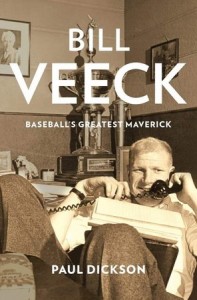 Bill Veeck: Baseball’s Greatest Maverick,
Bill Veeck: Baseball’s Greatest Maverick,
by Paul Dickson
 STAN MUSIAL – An American Life,
STAN MUSIAL – An American Life,
by George Vecsey
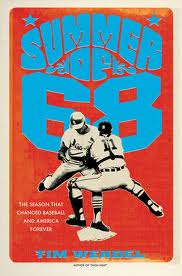 Summer of ’68: The Season that Changed Baseball, and America, Forever,
Summer of ’68: The Season that Changed Baseball, and America, Forever,
by Tim Wendel
 Down To The Last Pitch – How the 1991 Minnesota Twins and the Atlanta Braves Gave Us the Best World Series of All Time,
Down To The Last Pitch – How the 1991 Minnesota Twins and the Atlanta Braves Gave Us the Best World Series of All Time,
by Tim Wendel
 1954 – The Year Willie Mays and the First Generation of Black Superstars Changed Baseball Forever,
1954 – The Year Willie Mays and the First Generation of Black Superstars Changed Baseball Forever,
by Bill Madden
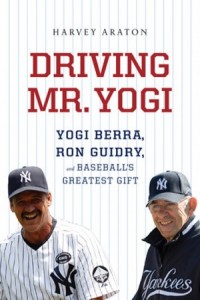 Driving Mr. Yogi: Yogi Berra, Ron Guidry and Baseballs’ Greatest Gift,
Driving Mr. Yogi: Yogi Berra, Ron Guidry and Baseballs’ Greatest Gift,
by Harvey Araton
by Edward Achorn
by Philip Roth
One Shot At Forever … A Small Town, An Unlikely Coach, And A Magical Baseball Season,
by Chris Ballard
 Harmon Killebrew – Ultimate Slugger,
Harmon Killebrew – Ultimate Slugger,
by Steve Aschburner
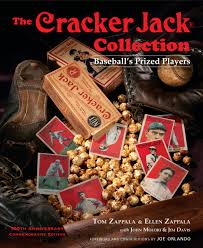 The Cracker Jack® Collection … Baseball’s Prized Players,
The Cracker Jack® Collection … Baseball’s Prized Players,
by Tom Zappala and Ellen Zappala
Major League Encounters,
by Larry LaRue
by John Grisham
by Lee Edelstein

